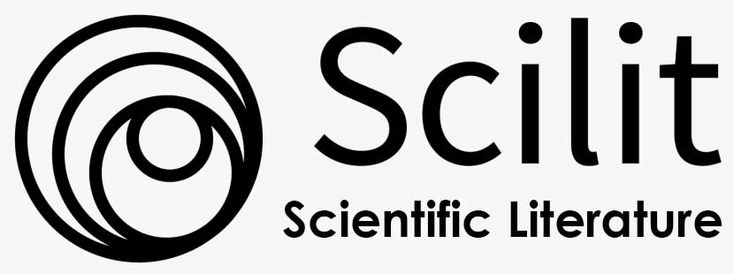Author Guidelines
Journal of Environmental Engineering and Sustainable Technology (JEEST) is a proper channel for publication of papers related to environmental engineering and sustainable technology. Its range of themes encompasses ecological studies, field research, empirical work and descriptive analyses on topics such as environmental systems, environmental policies and politics, environmental legislation, environmental impact assessment, air, water and land pollution, water and energy related issues, engineering innovations, development, technical solutions and sustainability technology. Other matters related to or which influence the international debate on sustainability will be also considered. Manuscripts reporting experimentation or research in field crops will be accepted for review as papers.
GUIDING PRINCIPLES
An acceptable manuscript will meet the following general criteria: it reports and original information and worthwhile contribution to environmental engineering and sustainable technology field.
MANUSCRIPT FORMAT
Manuscript should be uploaded to JEEST system and arranged in JEEST standard format, Title, Authors, Address and Email, Abstract, Keywords, Introduction, Materials and Methods, Result and Discussion, Conclusion, Acknowledgment and References. Typed at one side of white paper of A4 size, in single column, an space line, 11 point Times New Roman font with 3 cm left margin and 2 cm for the other three margins. Page numbers should be located at the bottom right of each page. For soft copies, we only accept in microsoft word (.doc or .docx) saved in virus free file
TITLE
Title should be written clear, focus and concise in describing the contents of the research. Written in 12 Times New Roman font
AUTHORS
Author written with full name (no abbreviation), includes postcode as well as phone, complete address (es) and email addresses clearly.
ABSTRACT
Abstract should be 150-250 words, to summarize the principal points of the study without reference and accompanied keywords to the body of the paper State the objective specific and clearly, as to what it is to be obtained. Give a brief contain of the introduction, aim of the study, methods,results, conclusion and suggestion.
KEYWORDS
The key words and phrases following the Abstract should be alphabetically arranged, separated with comma and should closely related to the research. Manuscript should have keywords 3-5 words or phrases.
INTRODUCTION
Presents sufficient and clear background information concerning research, aim and purpose of the research, no exceed one typed page. The introduction also gives the rationale for and objectives of the study that is being reported and their relationship to earlier work in the field.
MATERIALS AND METHODS
Author(s) should provide sufficient information to allow another qualified researcher to repeat the experiments that are described in the paper. All materials and methods that used such as chemical for analysis, treatment and experimental design must be stated clear and briefly. Sound methodology was used and is explained with sufficient detail so that other capable scientists could repeat the experiments. The authors should also mentioned scientific name, number of samples and the location of sampling. Sources (company, city, state, or country) of unusual chemicals, bacterial strains, reagents, and equipment must be clearly stated. For those who work with satellite images, please also provide collected ground check data
RESULTS AND DISCUSSION
Result and discussion must be written in the same part or not be separated. Author should be presented continuously start from the main result to the supporting results and equipped with a discussion. Avoid presentation of raw data as well as double presentation (e.g. table and graph). Unit of measurement used should follow the prevailing international system. Discussion should be focused on the results interpretation rather than repetition of the results.
CONCLUSION
Conclusion should be explained clearly. Conclusions are supported by data, manuscripts is concise, well written, and understandable. It should be written as paragraph, not as a list
ACKNOWLEDGEMENT
Author(s) should mention the grant source (Institution as well as year of the contract) and the person to whom the grant was given. State the grant source and the person to whom the grant was given. Acknowledgement should also be given to those (individual/company/institution) who has contributed to the research
REFERENCES
The author-year notation system is required and completed. All reference mentioned should be written down in reference using American Psychological Association (APA) style and arranged from A to Z. Articles have 10 recent references or over and 60% is journal. The most of references are primary ones (last five years). Unpublished data and personal communication should not be cited as literature citations, but given in the text in parentheses. “In Press” articles that have been accepted for publication may be cited in references. Include in the citation the journal in which the “in press” article will appear and the publication date, if a date is available. The authors are recommend to manage the reference using reference management software, such as Mendeley, Zotero, or Endnote.







